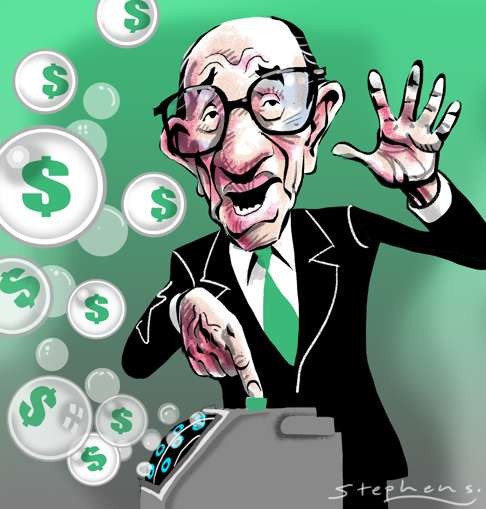
Are we doomed to be trapped in a bubble economy?
Andy Xie says the world has become so addicted to easy money – and the activist monetary policies that produce it – that even the global financial crisis of 2008 failed to wean us off it
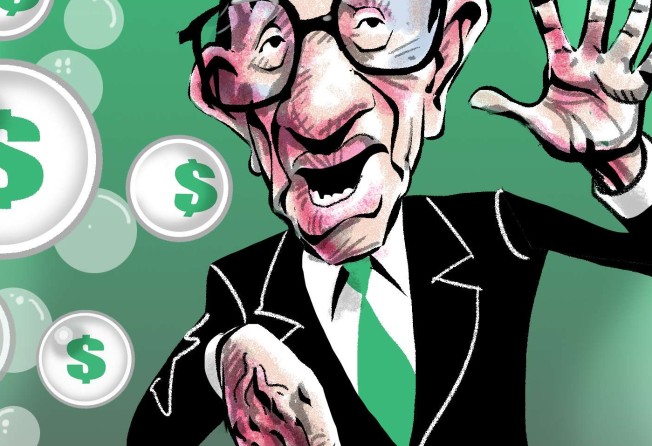

Since 2008, quantitative easing has been sold as a cure for reviving growth. It has led to a gigantic debt bubble in commodities and emerging markets. Their bursting is triggering the current downturn. And the fallout will weigh on the world for years to come. Considering the steep costs of the market bubble, whatever growth it generated before was not worth it.
Before 2008, holding interest rates low in the name of inflation targeting led to a credit bubble in the US and Europe. Today, there is enough evidence to demonstrate that an activist monetary policy for targeting growth or inflation does more harm than good. It is astonishing that the same economic elite continue to advocate the same thing after all these years.
It appears that the world needs a political revolution to change the people at the top
It appears that the world needs a political revolution to change the people at the top. Without wholesale personnel changes, the world will continue on its slippery slope of stagnation, rising inequality and more financial crises.
Activist monetary policy was used aggressively in the 1970s to revive growth against the headwinds of surging oil prices. It led to stagflation. The experiment discredited the efficacy of activist monetary policy and paved way for the rise of Paul Volcker. He vanquished inflation by holding interest rates high enough to restore the US Federal Reserve’s credibility in fighting inflation.
No one since has come up with an economic theory to revive the validity of an activist monetary policy. The current vice-chairman of the Fed, Stanley Fisher, came up with one based on an inflexible labour market. It is clearly not relevant today.
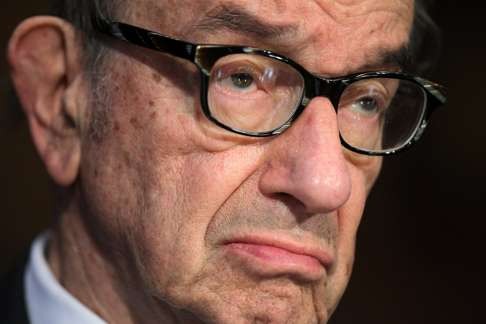
Alan Greenspan started the current era of superhero central bankers in 1987. His Midas touch turned out to be just bubble making. With 800 million Chinese workers having joined the global economy, inflation doesn’t respond to monetary stimulus like before. Instead, asset inflation has taken its place. When assets are widely held, the subsequent wealth effect makes the monetary policy seemingly effective. But the subsequent burst always costs more. Effective monetary policy is just a mirage.
Greenspan’s monetary policy was just bubble economics. He essentially made bubbles acceptable as a policy tool for stoking temporary growth. It became popular because politicians demanded a quick fix and didn’t care about the consequences down the road. This is why activist central bankers have become the norm everywhere. The problem is that the fleeting magic from “bubblenomics” becomes even more fleeting over time.
A bubble is like a gambling party. Some win; some lose. When another bubble is created, the losers in the previous bubble have no chips to join. What’s worse is that a bubble is seldom a random gambling party. Those who are close to the authorities have an information advantage. They consistently win. This is possibly the most important factor in rising wealth inequality; the central banks are to blame for the world’s most serious economic problem.
As long as the same people are in charge, they will do more of the same. As Japan’s example demonstrated, negative real interest rates have negative consequences. If negative interest rates stoke another bubble, it will be very short-lived and afterwards, the world will be in an even deeper ditch.
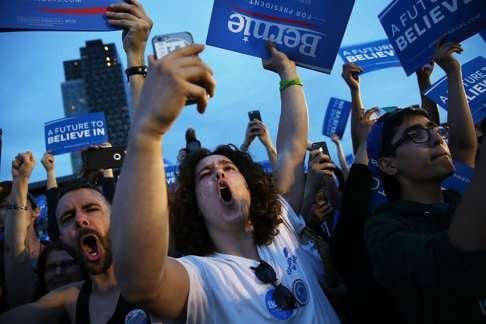
The golden era of globalisation may be behind us
The golden era of globalisation may be behind us. Bad monetary policy is to blame. What’s hampering global growth is structural imbalances across and within national economies. Monetary bubbles merely hide the urgency for structural reforms and make the problem bigger over time.
The world is entering a prolonged period of instability. Political backlashes against globalisation are just beginning. The economic consequences are clearly negative. An activist monetary policy in such an environment would quickly lead to financial collapse, because rising political risk would cut asset demand and, hence, make bubbles hard to form.
Having paper money that was not anchored in gold or silver didn’t end well in the past. When paper money has credibility, the temptation to dilute it is all-powerful. After all, who doesn’t like a free lunch? When one can print money without people noticing, it is the ultimate free lunch. But, when people see through it one day, hyperinflation results, and revolution follows. Germany had it in the 1920s and China in the 1940s. Revolution usually follows hyperinflation.
The current episode of paper money began four decades ago when the US abandoned the gold anchor. The high inflation that followed showed why the human weakness for free money will always rear its ugly head whenever possible.
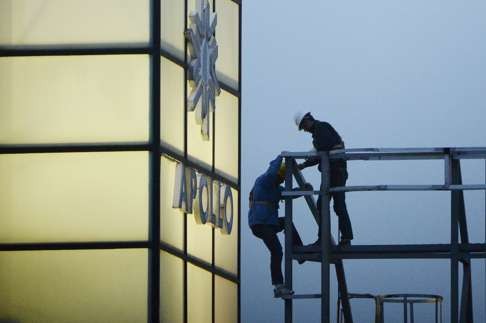
The current episode of monetary expansion that began when Greenspan came to power has lasted longer than any before. The reason is that globalisation is holding down inflation. In the modern economy, monetary expansion, wherever it occurs, eventually flows into China as investment. However, any inflation from investment demand is temporary. When capacity is formed, it becomes deflation. The deflation then becomes inflation when the relevant authority prints money to pay for the bad debts from overcapacity.
With politics becoming unstable in the West and China’s financial system wobbling, the world is entering a dangerous time. Central banks could help by abandoning growth targeting and instead go all out for financial stability. But that is unlikely.
A financial crisis, much bigger than the one in 2008, is looming just over the horizon.
Andy Xie is an independent economist